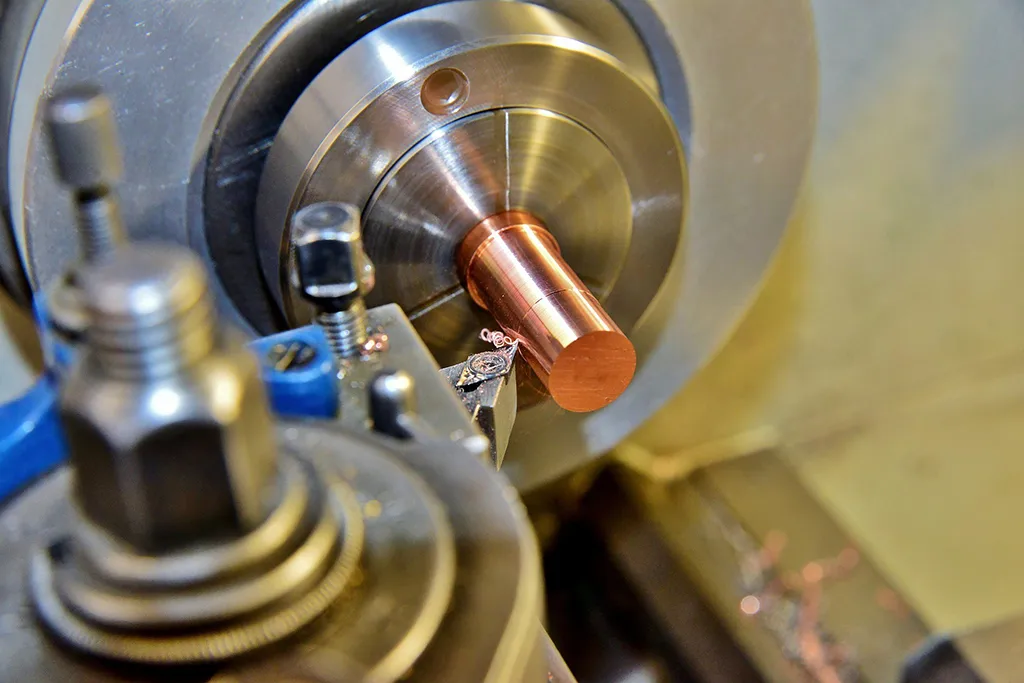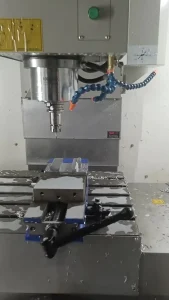3D printing has revolutionized many manufacturing processes. One question that often arises is whether you can 3D print a mold. The answer is yes! 3D printing allows you to create complex molds with precision and speed. In this article, we will explore the process of 3D printing molds, the materials used, and the benefits of this technique.

Understanding Mold Creation
Molds are essential in various industries, including automotive, aerospace, and consumer goods. They serve as templates for casting materials like plastics, metals, and resins. Traditionally, creating molds can be time-consuming and expensive. However, 3D printing simplifies this process significantly.
How It Works
To create a 3D printed mold, you first need a digital design. Designers often use CAD (Computer-Aided Design) software to create detailed models. Once the design is ready, you can slice it into layers using slicing software. This software translates the model into instructions for the 3D printer.
Materials for 3D Printed Molds
The choice of material for 3D printing molds is crucial. Various materials can be used, depending on the application and desired properties.
Common Materials
- PLA (Polylactic Acid): PLA is easy to print and is often used for prototypes. However, it may not withstand high temperatures, making it less suitable for certain applications.
- ABS (Acrylonitrile Butadiene Styrene): ABS is more heat-resistant than PLA. It is commonly used for functional parts and can be a good choice for molds.
- PETG (Polyethylene Terephthalate Glycol): PETG combines strength and flexibility. It is a popular choice for molds requiring durability.
- Specialty Filaments: Some filaments, like nylon or resin, can be used for specific applications. These materials offer unique properties, such as high strength or resistance to chemicals.
Benefits of 3D Printing Molds
3D printing molds comes with several advantages. Understanding these benefits can help you decide if this method is right for your projects.
1. Cost-Effective
3D printing reduces the cost of mold creation. Traditional methods often require expensive tooling and long lead times. With 3D printing, you can create molds on demand, saving both time and money.
2. Rapid Prototyping
One of the most significant advantages of 3D printing is speed. You can quickly produce molds for testing and evaluation. This rapid prototyping allows for faster iterations, helping you refine your designs efficiently.
3. Design Flexibility
3D printing enables complex geometries that traditional methods cannot achieve. You can create intricate designs and details without additional costs. This design flexibility allows for innovative products and unique features.
4. Lightweight
3D printed molds can be lighter than traditional molds. This lightweight nature makes them easier to handle and transport, especially for larger projects.
Limitations of 3D Printed Molds
While there are many advantages, some limitations exist. It’s essential to consider these factors when deciding whether to use 3D printed molds.
1. Temperature Resistance
Many 3D printed materials have limitations regarding heat resistance. If you plan to use the mold for processes that generate high temperatures, ensure the material can withstand the conditions.
2. Surface Finish
The surface finish of 3D printed molds may not be as smooth as those produced by traditional methods. Post-processing techniques, such as sanding or coating, may be necessary to achieve the desired finish.
Conclusion
In conclusion, you can indeed 3D print molds, and doing so offers numerous benefits. From cost-effectiveness and rapid prototyping to design flexibility, this technique is revolutionizing how molds are created. However, it is essential to consider the limitations, such as material properties and surface finish. By understanding the capabilities and constraints of 3D printing, you can make informed decisions for your projects. Whether you are in manufacturing, product design, or prototyping, 3D printed molds can enhance your processes and lead to innovative solutions. Embracing this technology can ultimately streamline your production and improve your product offerings.






